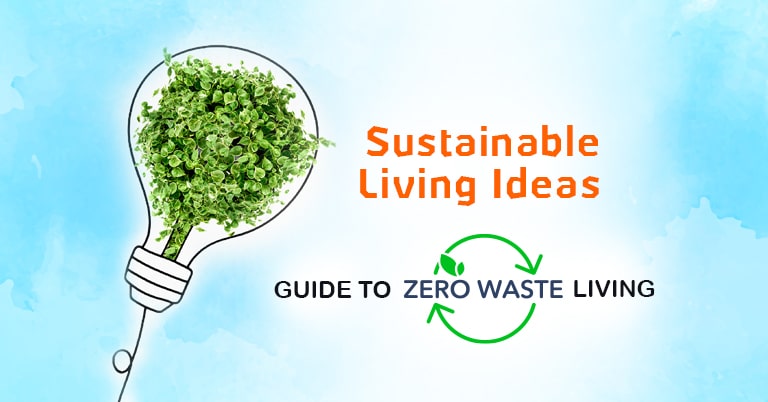Decision Making Under Uncertainty: Easy steps to follow
We live in a world full of uncertainty, where every decision we make carries inherent risks. Whether it’s choosing a career path, investing in stocks, or deciding on the best course of action during a crisis, uncertainty surrounds us at every turn. But what if there was a way to navigate through this fog of unpredictability with ease? In this article, we will explore easy steps that can help in decision making process under uncertain circumstances. By understanding the nature of uncertainty and employing practical strategies, we can confidently face the unknown and make sound choices that lead to success.
Understanding decision making under uncertainty
When faced with uncertainty, decision making might seem like an intricate puzzle. However, understanding the process behind it can help navigate through ambiguity and make thoughtful choices. One key aspect to grasp is that uncertainty is inherent in decision making – we rarely have complete information or can predict all possible outcomes. Embracing this fact allows us to approach decisions with a flexible mindset rather than striving for impossible certainty.
An interesting insight into decision making process is the idea of embracing risk rather than avoiding it altogether. Oftentimes, people tend to focus only on potential losses when they encounter uncertain situations but fail to acknowledge potential gains. Embracing risk involves recognizing the opportunities that come with uncertain outcomes while also assessing their cost-benefit ratio objectively. Moreover, reframing uncertainties as learning experiences rather than failures can foster a growth mindset that encourages exploration and adaptation.
Read This Post- Power of Positive Thinking: How To Transform Your Life
Here are a few steps to work through dilemma and take decisions that are fitting
Step 1: Define the problem clearly
The first and most crucial step is to define the problem clearly. This might seem obvious, but it is surprising how often people rush into finding solutions without fully understanding what they are trying to solve. Defining the problem requires a deep understanding of the situation at hand and all its complexities.
One common mistake in defining problems is focusing too much on symptoms rather than root causes. It’s easy to get caught up in treating the symptoms of a problem without addressing its underlying causes. By taking the time to dig deeper and identify the root cause, you can develop more effective solutions that target the heart of the issue.
Another challenge in defining problems is dealing with ambiguity. Uncertain situations often come with incomplete or conflicting information, making it difficult to determine what exactly needs to be addressed. In these cases, it’s important not to rush into conclusions based on limited information.
By clearly defining your problem before diving into decision making, you set yourself up for success by ensuring that your efforts are aligned with what truly matters. So next time you face uncertainty, take a moment to pause and carefully evaluate your problem statement – it might just be one of your strongest tools for making informed decisions amidst complexity.
Step 2: Gather relevant information
This step plays a vital role in helping us understand the current situation and possible outcomes. However, not all information is created equal. We must focus on gathering data and insights that are reliable, accurate, and up-to-date.
One effective way to gather relevant information is through research. This can involve reading books, articles, or academic papers related to the subject at hand. Additionally, it may be helpful to seek out experts in the field who can provide valuable insights and guidance. Furthermore, collecting data from various sources can offer a more comprehensive understanding of the situation by considering multiple perspectives.
It’s important to note that while gathering information is essential, we should also be mindful of information overload. Too much data can lead to analysis paralysis or biased decision-making. Therefore, it’s imperative to filter out irrelevant or misleading information.
Step 3: Identify possible alternatives
Identifying possible alternatives is a crucial step in decision making process. It allows us to expand our thinking beyond the obvious options and explore new avenues. One approach to generating alternatives is brainstorming. By creating a safe and judgment-free space, individuals can freely express their ideas without fear of criticism or rejection. This method encourages out-of-the-box thinking and often leads to creative and innovative solutions that may not have been considered otherwise.
It’s important to keep in mind that the goal is not to find the perfect alternative but rather to generate a range of options that can be evaluated later on. When considering alternatives, it’s helpful to consider both short-term and long-term implications as well as any associated risks or uncertainties. By embracing creativity, conducting thorough research, and being open-minded, we can identify a variety of possible alternatives that will ultimately enhance our decision-making process under uncertainty.
Step 4: Assess risks and probabilities
Assessing risks and probabilities involve evaluating the likelihood and potential impact of various outcomes in order to make informed choices. But it’s important to note that risk assessment should not solely rely on intuition or guesswork. Instead, a systematic and analytical approach should be adopted.
One effective technique to assess risks is to create a probability distribution using historical data or expert opinions. By quantifying the probabilities of different outcomes, decision-makers can gain valuable insights into the potential range of results they may encounter. This approach allows for a more objective evaluation of risks, enhancing the quality of decision-making.
Another crucial aspect when assessing risks is sensitivity analysis – understanding how changes in inputs can affect the final outcome. By exploring different scenarios, decision-makers can identify which factors have the greatest influence on results. Sensitivity analysis enables individuals to focus on mitigating significant risks while also taking advantage of opportunities that may arise.
Read This Post- Believe In Yourself: Why It’s Important
Step 5: Make a decision based on available information
One key aspect of making a decision based on available information is recognizing the limitations of our knowledge. We must be honest with ourselves about what we know and what we don’t know. It’s important not to let assumptions or biases cloud our judgment, as they can lead us astray from making rational decisions.
By acknowledging the limitations of our knowledge, we can approach decision-making with a sense of humility and openness to new information. This means being willing to revise our initial assumptions and beliefs if compelling evidence suggests otherwise.
Additionally, it is crucial to consider different perspectives and seek input from others who may have expertise or a fresh viewpoint. Collaborative decision-making can lead to more well-rounded outcomes by incorporating diverse ideas and insights.
Step 6: Implementing a decision
Implementing a decision is the critical step that bridges the gap between planning and action. However, it is often easier said than done. One common challenge in implementing a decision is resistance from others. People are naturally resistant to change, especially when it involves altering established routines or challenging existing norms. Overcoming this resistance requires effective communication and collaboration.
Another important aspect of implementing a decision is monitoring and evaluation. It is essential to track the progress and outcomes of the decision to ensure its effectiveness. This can be accomplished through regular feedback loops, performance metrics, and data analysis. By staying proactive in monitoring the implementation process, adjustments can be made as needed to maximize success.
Conclusion: Decision making process
Decision making is a vital skill that we all need to cultivate in order to navigate through life successfully. By understanding the various factors that influence our decisions and learning how to analyse and evaluate options effectively, we can make informed choices that align with our goals and values. While decision making can be challenging at times, it is also an opportunity for growth and self-discovery. So let us embrace the power of decision making, trust our instincts, and have confidence in our ability to make wise choices. Together, we can create a brighter future filled with purpose and fulfilment. Start making better decisions today and see the positive impact it has on your life!






